Have you seen the movie The Madness of King George? It’s about George III who, as it says in the title, went a bit doolally. His wife, Queen Charlotte, brought him here to this Bloomsbury Square for treatment.
The pub on the corner of Cosmo Place (great street name!) and the Square is known as The Queen’s Larder and it is where she kept the royal provisions to sustain his majesty while he was resident locally.
You should watch the film to find out if the cure worked but I can reveal that the Square was named after Charlotte and that the regal statue in the gardens is of her.
That was all back in the early 19th century but the Square itself was established a couple of hundred years earlier, between 1716 and 1725 after originally compromising part of the gardens of a house owned by an extremely wealthy aristocrat.
By the Victorian period the Square had become fashionable and fancy before mutating into a place of hospitals and clinics and it has retained that mix of residents ever since.
It remains a lovely restful place, with a central garden that was well used by the locals when I visited including several gentlemen of the road who were all asleep on park benches that skirt the perimeter. One chap had stripped down to his budgie smugglers and a thick pair of sandals to sun his sturdy frame. A mum and her young boys in Arsenal shirts kicked a ball up and down.
At the south side of the Square there is paved area again surrounded by benches on which people lounged and ate their lunch. Pigeons pecked at the crumbs that the loungers dropped and occasionally flew up to rest on the top of the red phone box to survey their world.
As well as Queen Charlotte in stone, there are other statues including Lord Wolfson of Marylebone and the rather lovely Mother and Child by Patricia Finch.
I’m inclined to agree with the people voting with their derrières and sitting awhile in the Square. It is a pleasant place to spend a few idle moments. Another small oasis in the great city.
IF YOU ENJOYED THIS, WHY NOT SUBSCRIBE?
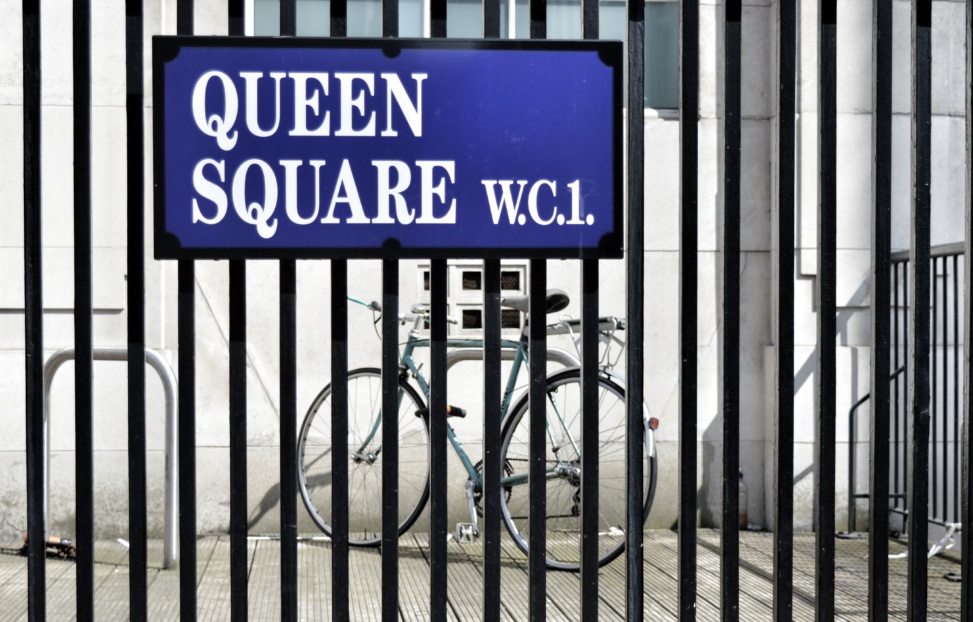
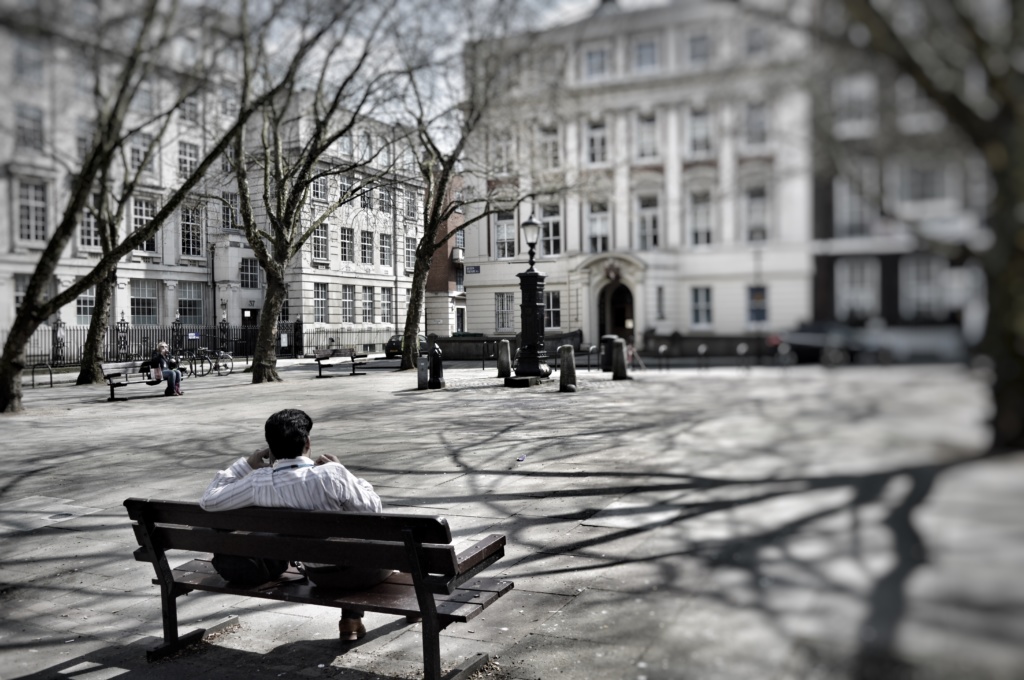
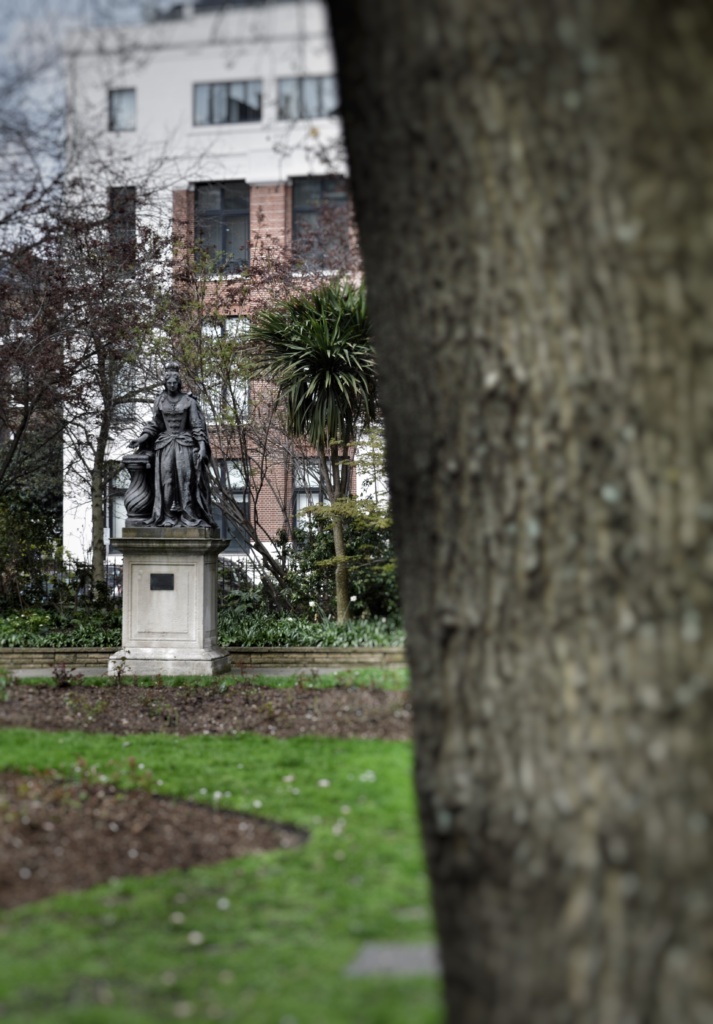
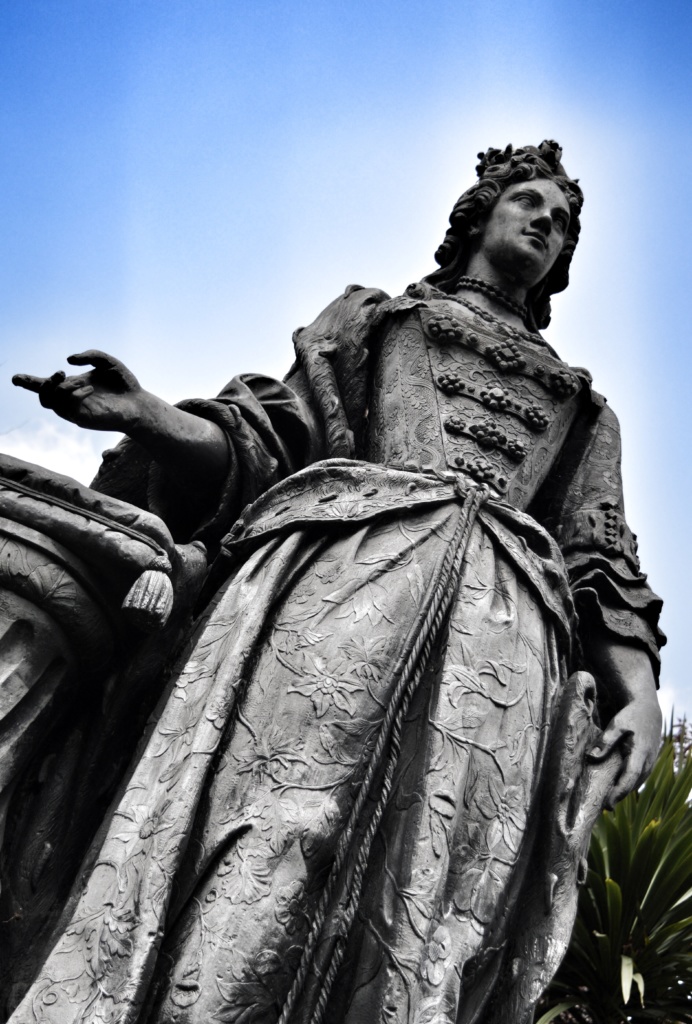
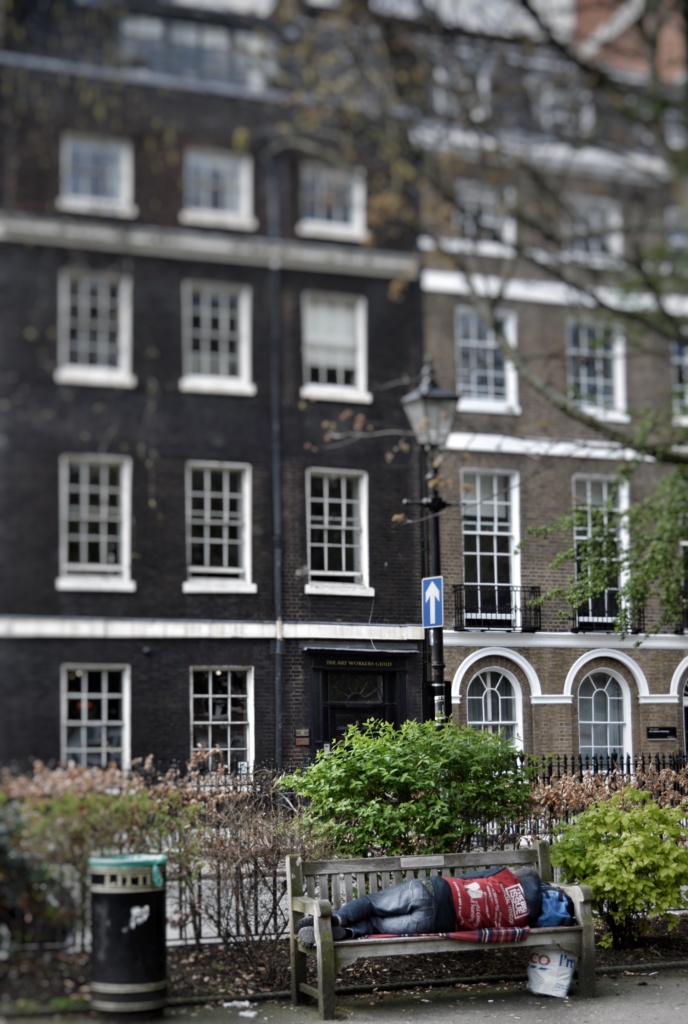
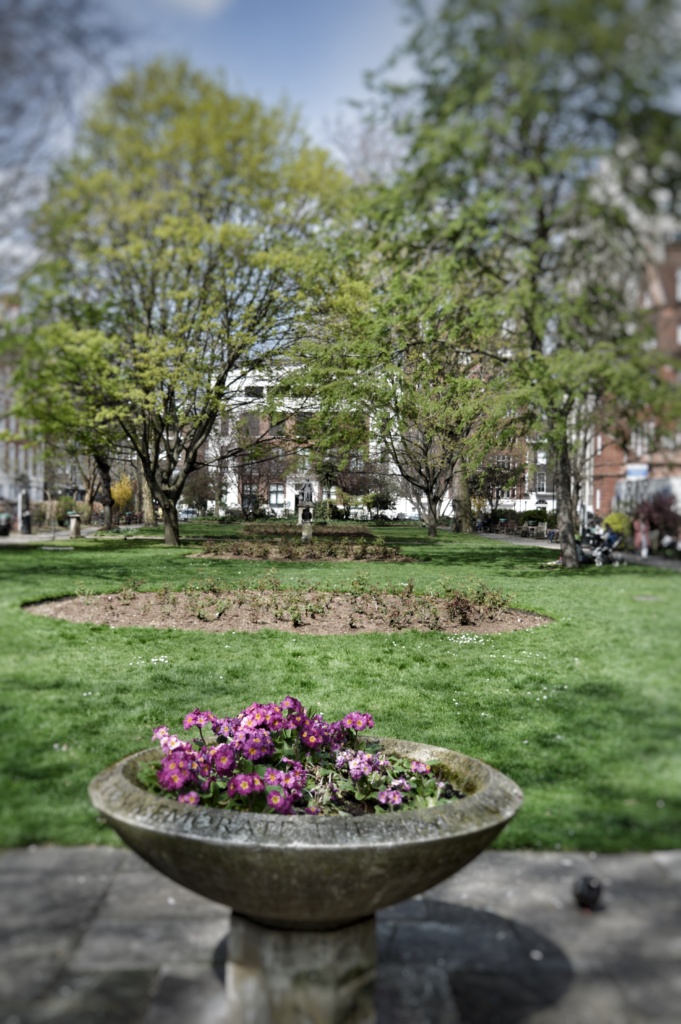
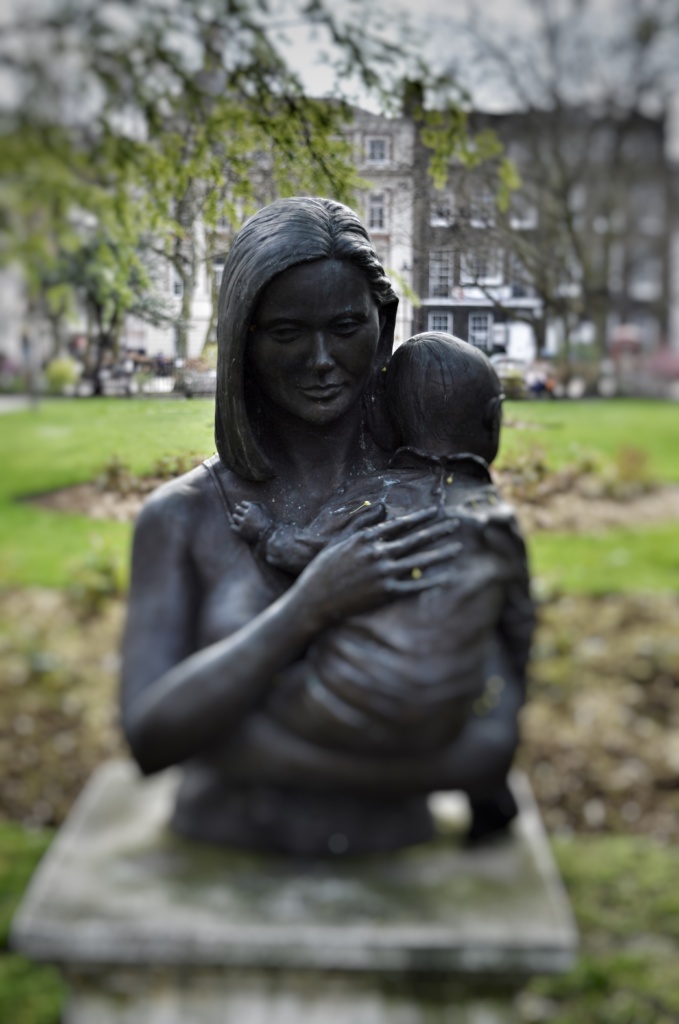
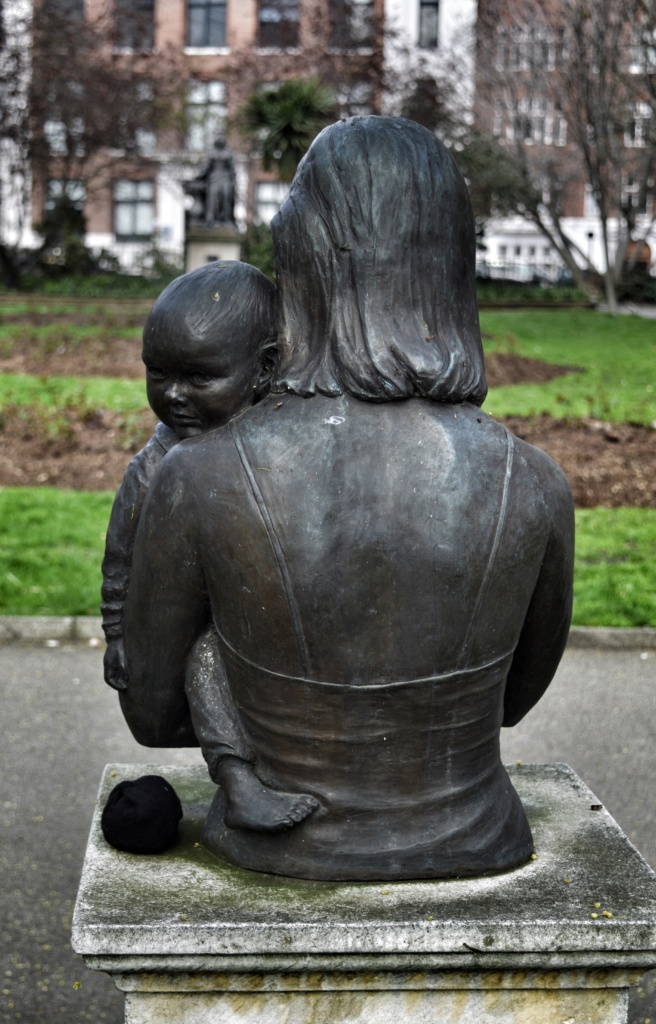
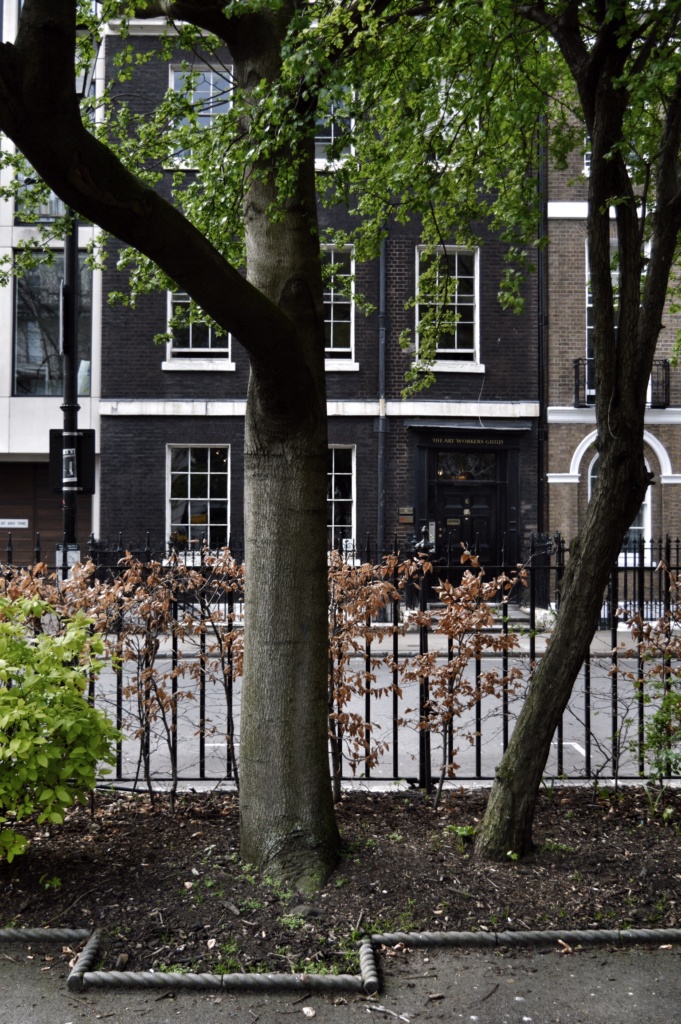
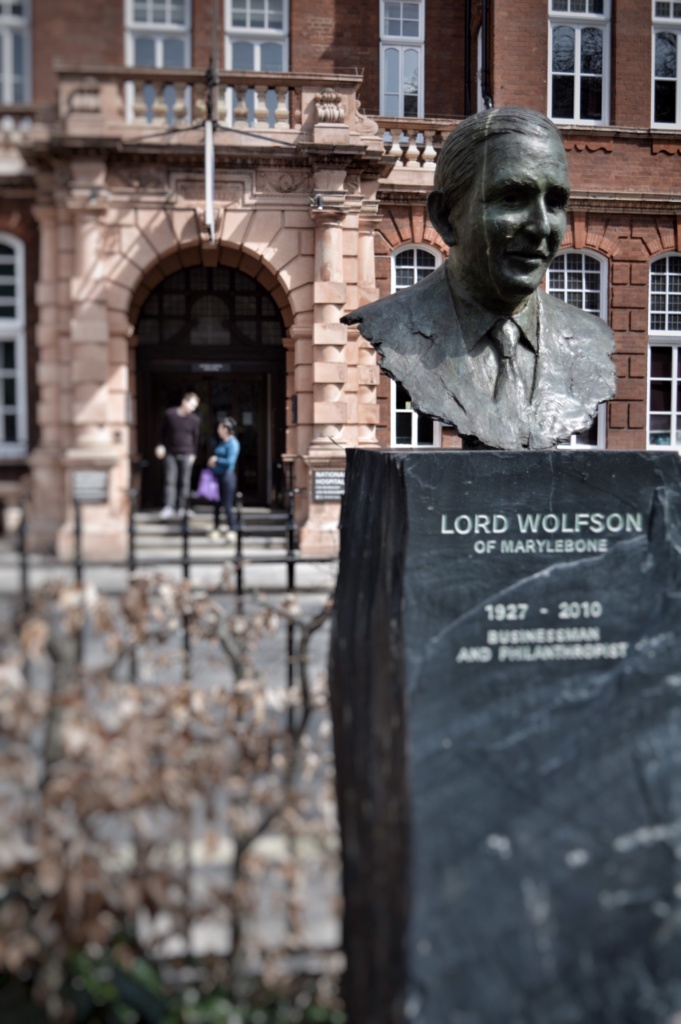
Frederick H Walsh
A few years ago I wrote a book about the Nag’s Head in Kinnerton strret, tracing its history and the landlords who had proceeded over the events that took place there. One of those was Reginald Staples.
He was only in the Nag’s Head for a short time, but we know a good deal about Reginald Staples and his family. He was the oldest of six children born to John, a game keeper, and Harriet Staples, both originally from Somerset, who lived in Sevenoaks, Kent. … Reggie left home for London where we assume he met his bride to be, Ellen Phillips, also from Somerset. … They were married in Knightsbridge, 27 August 1877.
In 1880, Reginald Staples became landlord of the Nag’s Head, but he doesn’t stay long, a year maybe, perhaps a little more. The census of 1881 puts him in The Queen’s Larder at no.1 Little Ormond Street (today, 15 Cosmo Place) in Bloomsbury. There he stayed, sharing the duties with his brother, Edwin, who for some reason opted to drop his last name and go by Edwin Pryer, Pryer being his middle name, and so it is listed in the Post Office Directory of 1882.
Along the way, the Staples family grew. The Staples had two daughters: Agnes born just as they were moving into the Nag’s Head, and Alice, who came along once they had settled into Little Ormond Street.
In the early 1900s, the Staples’ daughters married: Agnes to Frederick Cansell, who may have been working at the Queen’s Larder but eventually turned to cab driving; and Alice to Robert Strathdee Clark who was a publican at the time but would become a police constable. Reginald lived just long enough to see his daughters wed. He died in 16 December 1905, just shy of his 50th birthday. He left to his widow, Ellen Staples, £2330 1s 7p.
Ellen continued to run the pub. The family was growing. Both the Clarks and the Cansells had a daughter: Alice Clark named her daughter Agnes Ellen. Agnes Cansell name her daughter Alice Louise.
We assume Ellen Staples retired from the pub in the next few years. Alice Louise Cansell immigrated to Canada in 1926, married Frederick Robb, and settled down on a farm in Saskatchewan. The great-granddaughter of Agnes Ellen Clark relates that Agnes followed her cousin to Canada in May 1927. She married Robert Purchard and gave birth to three children: Theresa Alice Maud, Rita Bertha Agnes, and Joseph Robert Strathdee, but she died fairly young from tuberculosis in a sanatorium.
TheLondoni
That adds a bit of colour to the pub in the Square, thanks Frederick. Where can I get hold of a copy of your book? Thanks